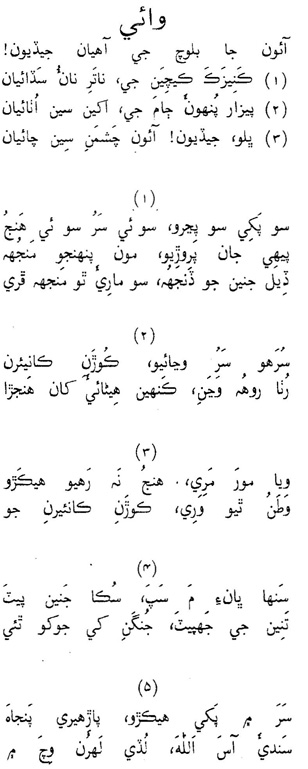

Sayfi was one of the seven partisans of Ali who were beheaded alongside Hujr ibn Adi al-Kindi in 660AD, near Damascus. Harith ibn Murrah Al-abdi and Sayfi ibn Fil' al-Shaybani, both officers of Ali's army, attacked Sindhi bandits and chased them to Al-Qiqan (present-day Quetta) in the year 658. ĭuring the reign of Ali, many Jats came under the influence of Islam. "Oh Ali, owing to your alliance (with the prophet) you are true of high birth, and your example is great, and you are wise and excellent, and your advent has made your age an age of generosity and kindness and brotherly love".
ENGLISH TO SINDHI TRANSLATION SERIES
Habbari, Soomra, Samma, Arghun dynasties ruled Sindh.Įthnicity and religion Part of a series on

After 632 AD, it was part of the Islamic empires of the Abbasids and Umayyids. Before this period, it was heavily Hindu and Buddhist. Sindh was one of the earliest regions to be conquered by the Arabs and influenced by Islam after 720 AD. The Ror dynasty was a power from the Indian subcontinent that ruled modern-day Sindh and Northwest India from 450 BC – 489 AD. Alexander the Great marched through Punjab and Sindh, down the Indus river, after his conquest of the Persian Empire. and in the first five centuries of the first millennium A.D., western portions of Sindh, the regions on the western flank of the Indus river, were intermittently under Persian, Greek and Kushan rule, first during the Achaemenid dynasty (500–300 BC) during which it made up part of the easternmost satrapies, then, by Alexander the Great, followed by the Indo-Greeks and still later under the Indo-Sassanids, as well as Kushans, before the Islamic invasions between the 7th–10th century AD. This civilisation helped shape subsequent cultures in South Asia.įor several centuries in the first millennium B.C. The Indo-Aryans are believed to have founded the Vedic civilisation that existed between the Sarasvati River and Ganges river around 1500 BC. The Indus Valley Civilisation went into decline around the year 1700 BCE for reasons that are not entirely known, though its downfall was probably precipitated by an earthquake or natural event that dried up the Ghaggar River. Hundreds of settlements have been found spanning an area of about a hundred miles. There are remnants of thousand-year-old cities and structures, with a notable example in Sindh being that of Mohenjo Daro.

Sindh and surrounding areas contain the ruins of the Indus Valley Civilization.


 0 kommentar(er)
0 kommentar(er)
